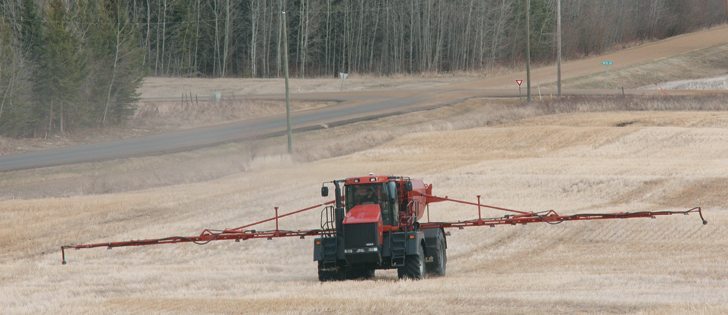CALGARY — Eleven years of crop data from Montana shows that variable rate fertilizer application didn’t pay compared to conventional farming methods, says a U.S. Department of Agriculture researcher.
Dan Long compared conventional nitrogen application and variable rate application in field scale trials at the University of Montana from 1993 to 2004.
However, the information from those trials sat for years until a grad student analyzed the data.
“The grad student summarized all the information to decide if there was any significant differences in profitability in placement of fertilizer. We found there was not a significant difference in the two,” Long told a recent precision agricultural conference in Calgary.
Read Also

New program aims to support plant-based exports to Asia
Understanding the preferences of consumers in Taiwan and how they differ from Indonesia or Malaysia isn’t easy for a small company in Saskatchewan.
“It suggested, economically, a person could spread the fertilizer and use a conventional uniform approach and it would have been a benefit to variable rate.”
Long said the poor response to variable rate applications of nitrogen could be attributed to dry conditions in Montana’s light brown soil zone, which isn’t that different from soil in southern Alberta and Saskatchewan.
“There just wasn’t enough water for a substantial yield response leading to profitability that would have offset the cost of the hardware to pay for that,” he said. “It was very marginal.”
Long said the analysis didn’t take into account the federal subsidies that were paid to Montana farmers to buy variable rate equipment.
The subsidies were part of a federal environmental plan to reduce unnecessary fertilizer applications.
He said farmers are likely to see more benefits from the technology when they use it on their harvest and seeding equipment.
Long said his research may have had different results in areas with higher rainfall where crops could more readily respond to the increased fertilizer.
Some farmers are embracing the technology.
Long said a farmer in Oregon has bought three $32,000 variable rate sensors for each of his combines to allow him to adjust fertilizer applications later during seeding based on maps drawn from the data.
“He claims he paid for the technology in one year because of what he saved on fertilizer,” Long said.
“He was able to identify in his field where he was over-applying fertilizer.”
Long said adoption of advanced technology by farmers is limited, but he will continue to do research in the hope that it encourages them to adopt at least parts of the technology.
The industry and farmers need to see what is possible, he added.

















